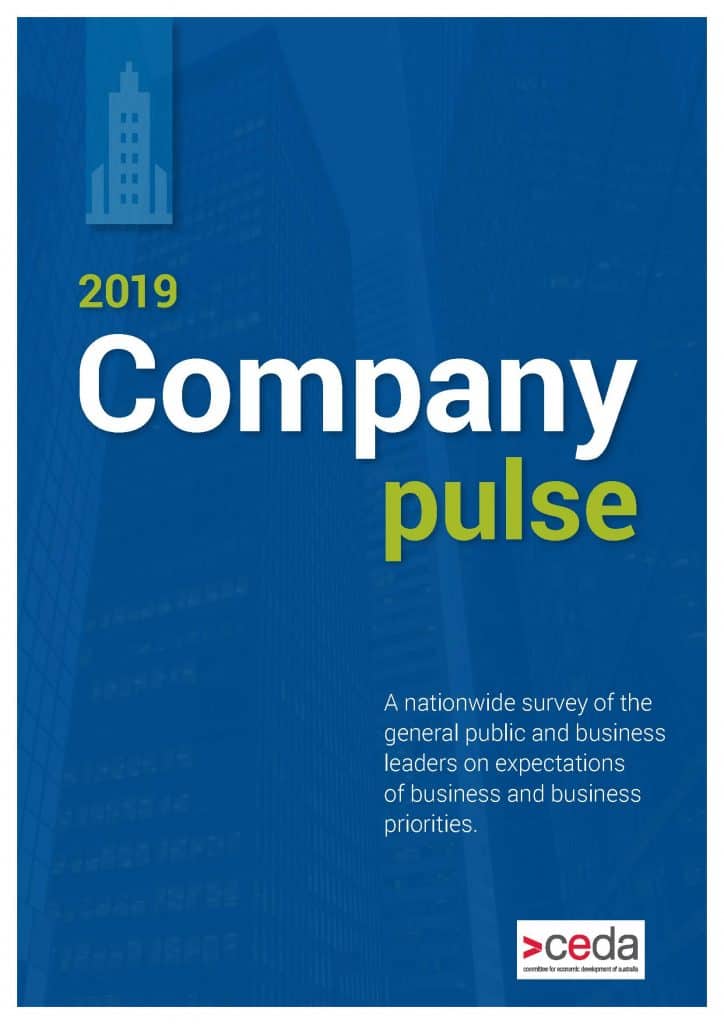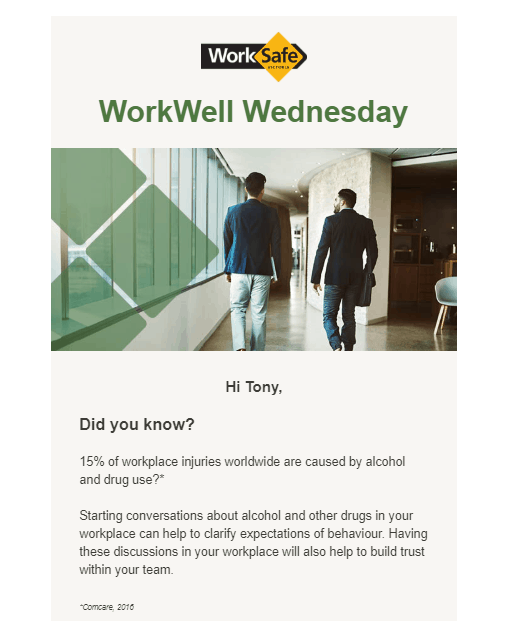
Anything Uber does gets global attention. This month Uber released its Safety Report which included sexual assaults and misconduct by its drivers in the United States. It seems that the importance of a planned workplace health and safety system has caught up with Uber.




